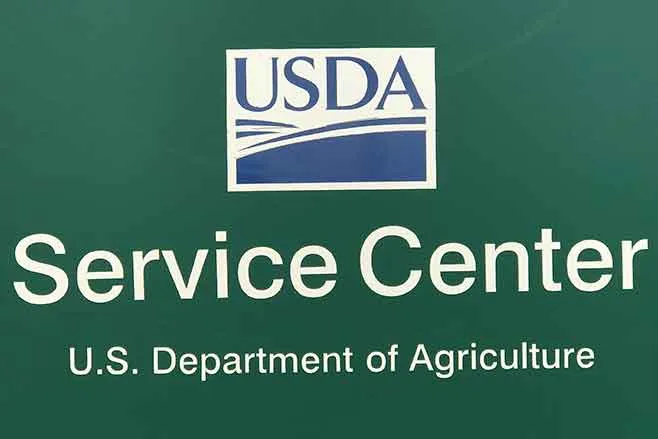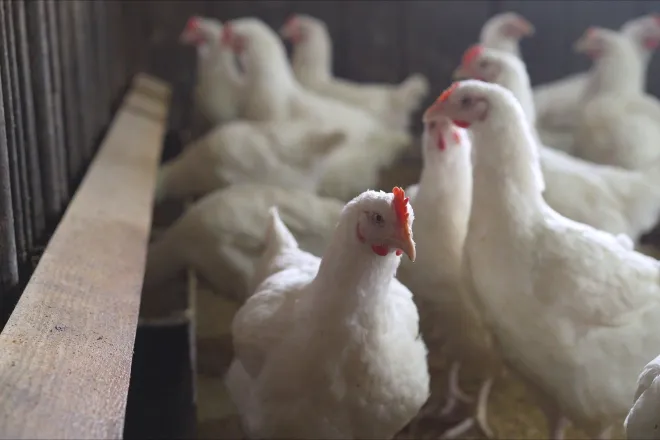
Ranger Station – Great Horned owls are cool!
Any day now, I expect to hear reports of owls taking up residence high atop bags topsoil at an outdoor garden center somewhere or in the recess bell of a school playground or some other public structure.
Ever wonder how owls end up in such places? It’s because they are just about as excited about doing housework as me. More on that in a bit. First let me tell you a little more about one of my favorite birds of prey – the owl.
As a scientist, the biology of owls is fascinating. But I think owls are just cool in every way.
In Colorado, we have 15 species of owls. Not all nest here, so they don’t live here year-round. The most common owl in Colorado is the Great Horned owl, which can be found in every ecosystem in the state. It’s also our largest owl. (Fun fact: Every Colorado State Park is home to Great Horned owls.)
They get their name from feathers, called plumicorns, that stick up on their head and resemble horns. Don’t be fooled. The “horns” are no such thing. And they aren’t ears, as people sometimes think. In fact, their true function is not known. They may simply be for camouflage in trees or to communicate. How cool is that?
The horns make them look tough. When feeling stressed or threatened, Great Horned owls will enhance their tough appearance by fluffing their feathers, lowering their heads, hissing and clacking their beaks. They may also sway from side to side.
Barn owls are notorious for this behavior, too. I have witnessed this many times and it definitely sends a warning that one should heed.
The clacking will make you notice their big, sharp beaks. They use those beaks to tear their food apart. Their favorite food seems to be anything they can catch and will eat smaller prey whole.
The most dangerous part of any owl is the talons at the end of each toe. All birds of prey have four toes, with three facing forward and one facing back. Another cool feature of owls (and osprey) is their ability to move their outer front toe to also face backwards. This aids in holding and killing prey and for hanging onto precarious perches.
The talons on Great Horned owls are impressive with their curved, sharp tips. What’s truly amazing is the force they can apply to prey or to attack anything they see as a threat. Their grip strength exceeds the human hand by more than 10 times. And their toes are like a ratchet system which allows them to hold prey or a perch for long periods without needing to contract any muscles. (Another fun fact: It takes roughly 30 pounds of pressure, or psi, to pull the talon away from what it is holding.)
A common question I hear is whether owls can truly turn their head all the way around. The answer is no, but darn close.
An owl can turn its head approximately 270 degrees before its windpipe gets in the way. How is this possible? Owls have 14 vertebrae in their necks compared to seven in the human neck. The extra vertebrae allow owls to rotate much farther and even to turn their heads upside down.
It is funny that while owls can twist their heads as if they were possessed by the devil, they can’t move their eyes side-to-side. Owls have very large eyes that can take up to 80 percent of the skull. To have any peripheral vision, they must move their entire heads. The large eyes are designed to adjust to the available light source, which means they have excellent vision, day or night. If humans had the same size ratio of eyeballs as owls, they would be the size of grapefruits.
Now, about their housekeeping . . . owls are the first birds to nest in the spring and are actually starting the process now. But Great Horned owls don’t bother with elaborate nest building, they just flop in existing nests. Kind of like your free-spirit college buddy who couch-surfed.
Often, they use nests built by red tail hawks the previous year, displacing the hawks for their own breeding season by the presence of fledging owls.
They also use eaves of buildings, backs of signs and any other place that will accommodate a quick-and-dirty nest. Great Horned owl nests have been found in a race track timing unit, a Lowes garden center in Colorado Springs, the bell of a school and an empty waste water tank in recent years.
Often, the nests need to be removed because owl parents are very protective and will swoop down on anything they feel is threatening their babies. Remember those sharp talons I described? Having a customer clawed by a Great Horned owl would not be good for business and obviously not conducive to a fun recess period at any school.
As a mother, I’m especially impressed, and envious, at how quickly Great Horned owls grow from hatching to maturity. It takes just two months. Imagine, fellow parents, raising your kids in a couple months! In that short span they grow from tiny, featherless, blind alien-looking beings into beautiful flying creatures able to care for themselves.
Anyway, this is a great time of year to start listening for owls in the evenings as they call to each other before mating season.
You can see Great Horned nests and babies in February-March. But, as with all wildlife, please keep distance and do not disturb the nest. That warning is to protect both for the wellbeing of the nestlings and your own safety. (Talons, remember?)

















